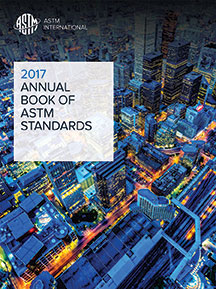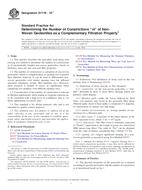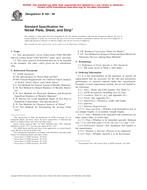1.1”These test methods describe two ways of determining the total/moist/bulk density, dry density, and dry unit weight of intact, disturbed, remolded, and reconstituted (compacted) soil specimens (Note 1). Intact specimens may be obtained from thin-walled sampling tubes, block samples, or clods. Specimens that are remolded by dynamic or static compaction procedures are also measured by these methods. These methods apply to soils that will retain their shape during the measurement process and may also apply to other materials such as soil-cement, soil-lime, soil-bentonite or solidified soil-bentonite-cement slurries. It is common for the density to be less than the value based on tube or mold volumes, or of in situ conditions after removal of the specimen from sampling tubes and compaction molds. This change is due to the specimen swelling after removal of lateral pressures.
Note 1:”The adjectives total, moist, wet or bulk are used to represent the density condition. In some professions, such as Soil Science and Geology, the term ”’bulk density”’ usually has the same meaning as dry density. In the Geotechnical and Civil Engineering professions, the preferred adjective is total over moist and bulk when referring to the total mass of partially saturated or saturated soil or rock per unit total volume. For more detailed information regarding the term density, refer to Terminology D653.
Product Details
- Published:
- 01/01/2021
- Number of Pages:
- 7
- File Size:
- 1 file , 110 KB
- Redline File Size:
- 2 files , 250 KB


